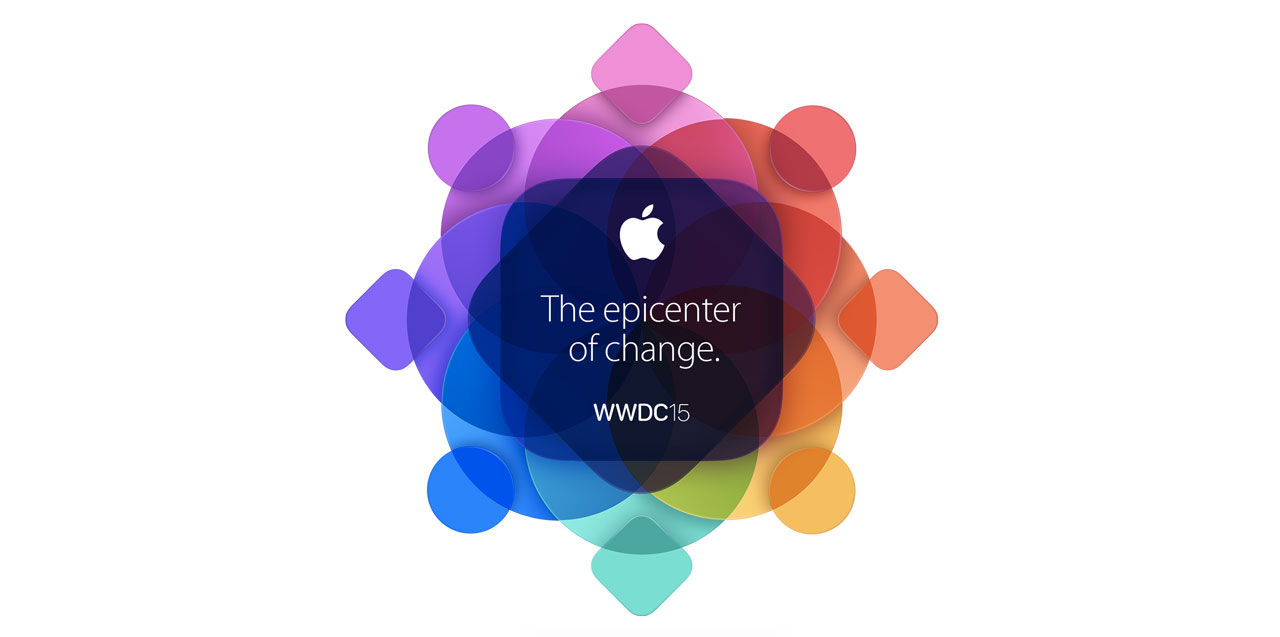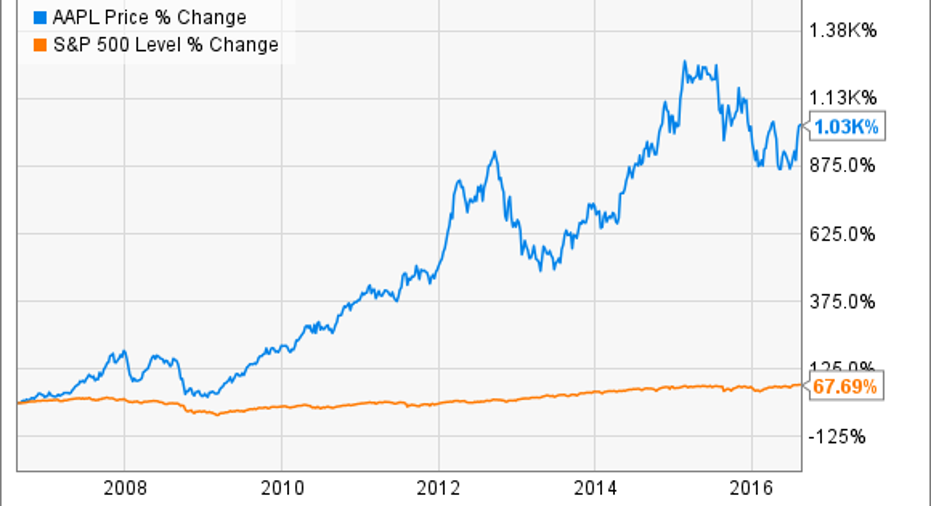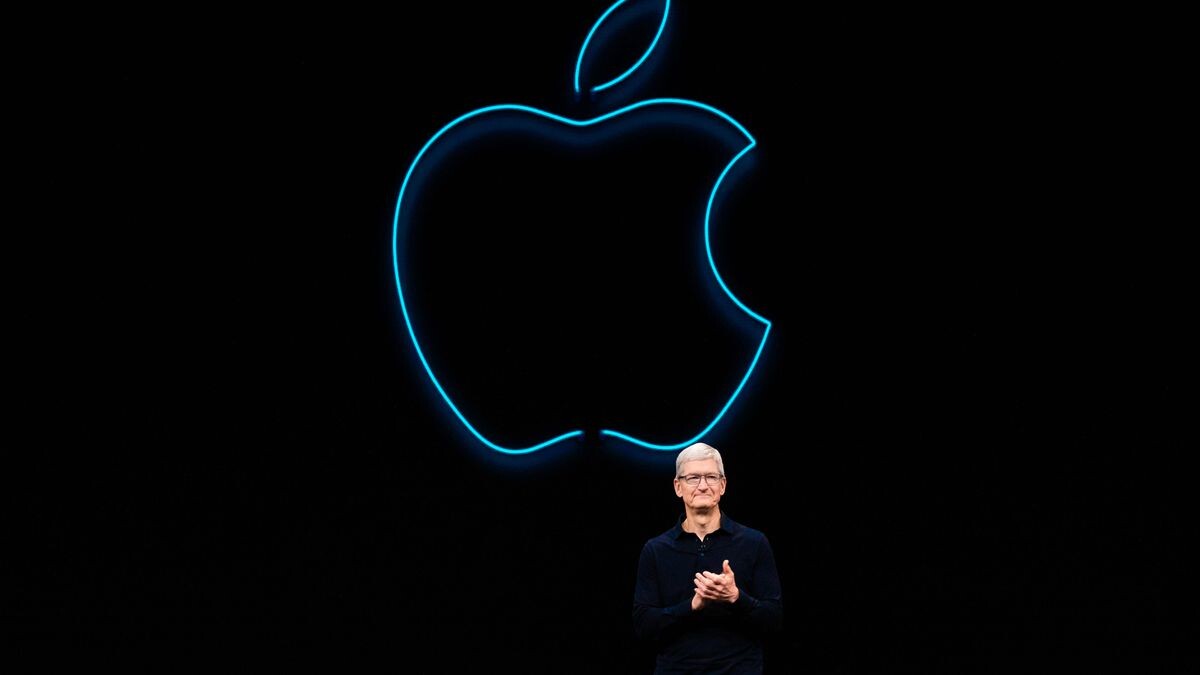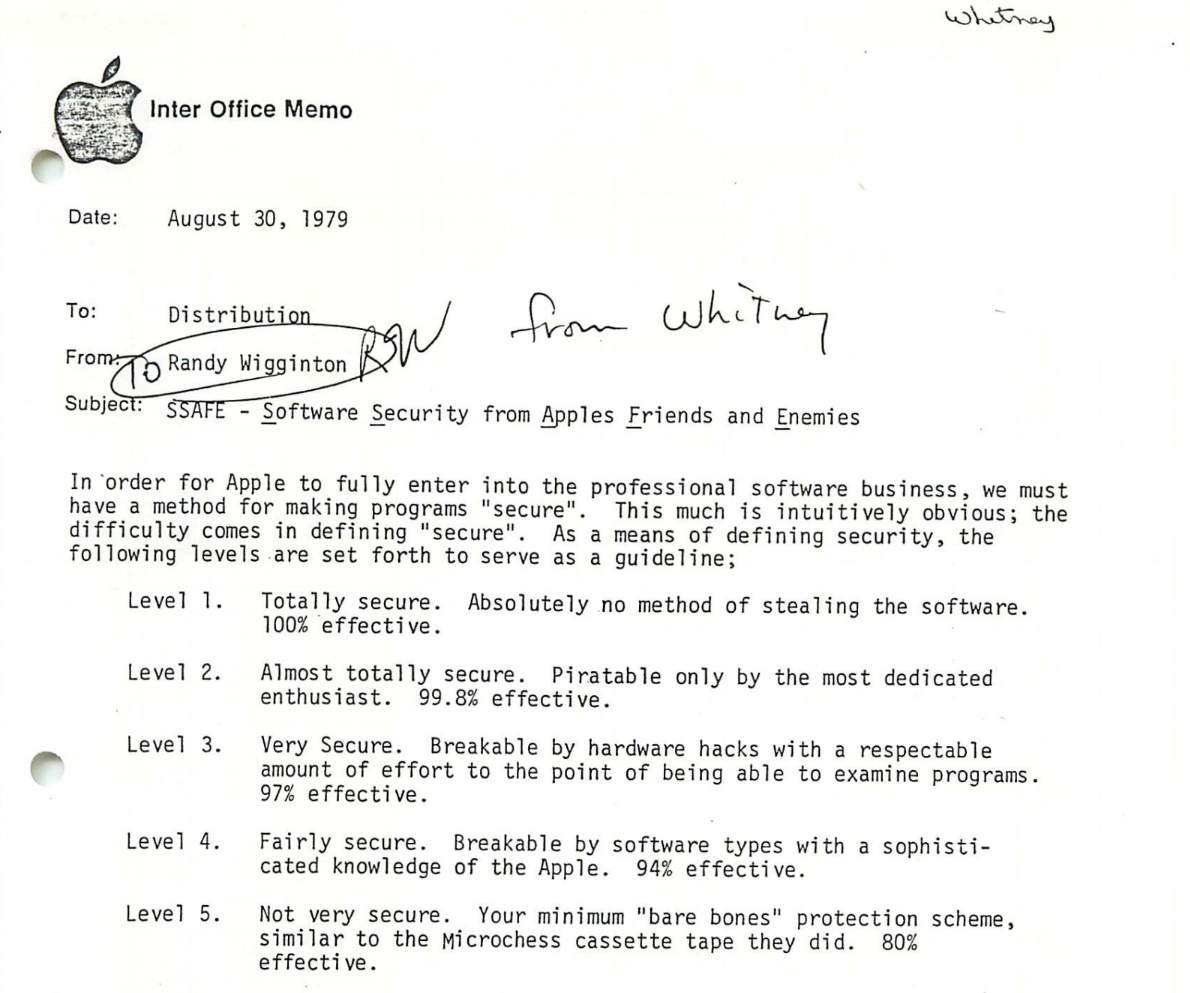
First, you'll import WeatherKit and CoreLocation. And with Swift Concurrency, requesting weather is simple. First, let me show you how easy it is to access weather data with our Swift framework. Apple Weather data is available through both a native framework and a set of REST APIs.
Apple historical wwdc videos how to#
Now that you've seen all of the rich weather data available, I'll walk you through how to request this weather data with the WeatherKit APIs. We think there are a lot of important and impactful ways you can use historical weather. You can access historical data by specifying a start and end date to the hourly and daily requests.

And finally, historical weather provides saved weather forecasts from the past, so you can see trends in weather data.

This data set contains important information to keep your users safe, informed, and prepared. Weather alerts contains severe weather warnings issued for the requested location. Each day in the daily forecast provides information about the entire day, like the high and low temperature, sunrise, and sunset. The daily forecast contains a forecast collection of 10 days. Each hour in the hourly forecast includes conditions like humidity, visibility, pressure, and dew point. The hourly forecast is a collection of forecasts starting on the current hour and provides data for up to 240 hours. This data set is useful for deciding whether or not to bring an umbrella with you as you walk out the door. The minute forecast contains minute-by-minute precipitation conditions for the next hour, where available. It represents a single point in time and includes conditions like UV index, temperature, and wind. The current weather data set describes the "now" conditions at the requested location. As I mentioned, you have access to a lot of data in WeatherKit.

Let me start with an overview of the available weather data sets. And finally, I'll cover some additional implementation requirements and best practices. Next, I'll show you how to request weather information using the WeatherKit framework and a REST API designed so you can get weather data on any platform. First, I'll cover the available data sets we offer through WeatherKit, backed by our own Apple Weather Service. Today I will be diving into more detail about WeatherKit so you can get the most out of our new API. With WeatherKit, we've made it easy for you to protect user privacy. Location is used only to provide weather forecasts and is not associated with any personally identifying information and is never shared or sold. In keeping with our commitment to privacy, WeatherKit is designed to give hyperlocal forecasts without compromising user information. And keeping that data private is a shared responsibility.

Accurate weather data requires location information. With Apple Weather Service, we have access to a lot of data, and all of this is available to you through WeatherKit. It uses high-resolution weather models and machine learning and prediction algorithms to give you hyperlocal weather forecasts around the globe. WeatherKit is powered by the all-new Apple Weather Service, a world-class global weather forecast. And having access to accurate forecasts is important now more than ever, which is why we created WeatherKit. Accurate weather data has become even more critical in today's world affected by our changing climate. From checking the weather on your Apple Watch so you know to bring an umbrella with you before you head out the door, to sustainable agriculture where predicting rain and frost can help farmers plan crop rotation, to staying safe and prepared for winter storm travel - weather impacts everyone. We rely on weather data day in and day out, and where we get this information is important. My name is Novall, and I'm an engineer on the Weather team. ♪ Mellow instrumental hip-hop music ♪ ♪ Welcome to "Meet WeatherKit" at WWDC22.


 0 kommentar(er)
0 kommentar(er)
